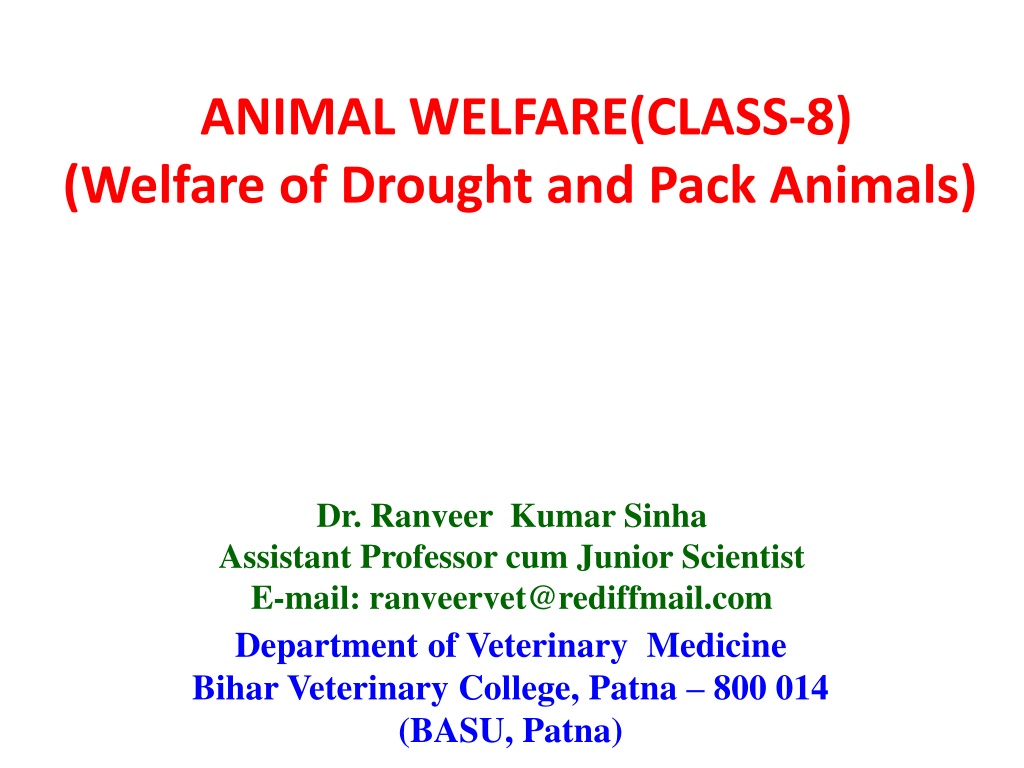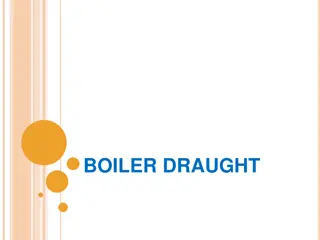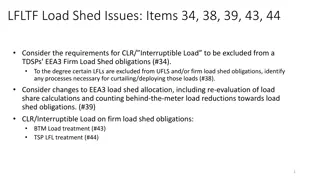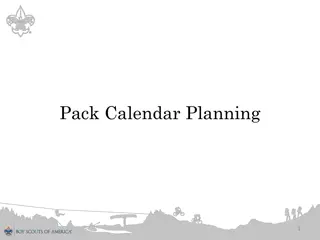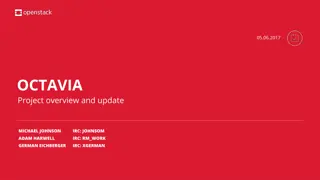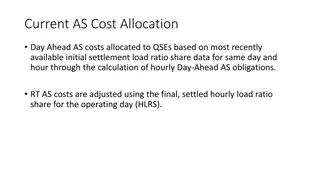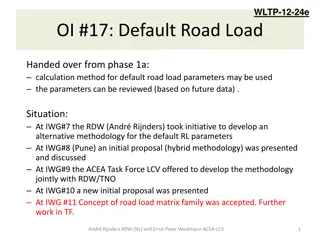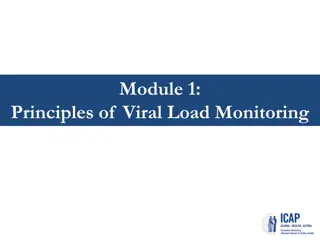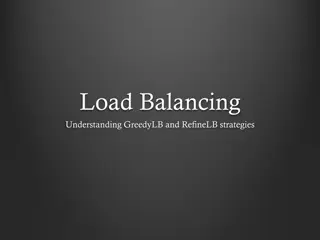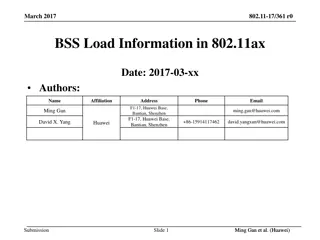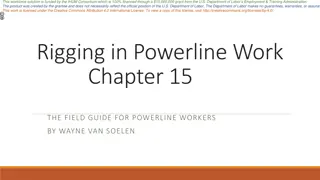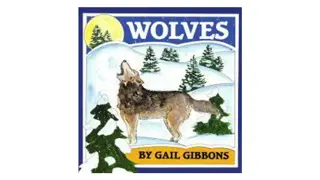Maximum Load Guidelines for Draught and Pack Animals
Dr. Ranveer Kumar Sinha, an Assistant Professor cum Junior Scientist at Bihar Veterinary College, provides guidelines on the maximum load capacity for draught and pack animals, including bullocks, buffalos, horses, ponies, mules, donkeys, and camels. The document outlines specific weight limits based on the size of the animal and the type of equipment being used. It also highlights the welfare considerations for the use of these animals in various regions.
Download Presentation

Please find below an Image/Link to download the presentation.
The content on the website is provided AS IS for your information and personal use only. It may not be sold, licensed, or shared on other websites without obtaining consent from the author. Download presentation by click this link. If you encounter any issues during the download, it is possible that the publisher has removed the file from their server.
E N D
Presentation Transcript
ANIMAL WELFARE(CLASS-8) (Welfare of Drought and Pack Animals) Dr. Ranveer Kumar Sinha Assistant Professor cum Junior Scientist E-mail: ranveervet@rediffmail.com Department of Veterinary Medicine Bihar Veterinary College, Patna 800 014 (BASU, Patna)
PACK ANIMALS BY REGION Andes llama Arctic - dog, reindeer Central Africa and South Africa ox Central Asia - Bactrian Camel, Yak Eurasia - Donkey, ox, horse North Africa and Arabic countries - Dromedary camel Oceania - Donkey, horse, Dromedary camel, mule, ox South Asia and South East Asia - Indian elephant, Water buffalo, Yak
What is the maximum load for draught animals? 1) Small bullock or Small buffalo Two wheeled vehicle a) If fitted with ball bearings b) If fitted with pneumatic tyres c) If not fitted with pneumatic tyres 1000 kilograms 750 kilograms 500 kilograms 2) Medium bullock or Medium buffalo Two wheeled vehicle a) if fitted with ball bearings b) if fitted with pneumatic tyres c) if not fitted with pneumatic tyres 1400 kilograms 1050 kilograms 700 kilograms 3) Large bullock or Large buffalo Two wheeled vehicle a) if fitted with ball bearings b) if fitted with pneumatic tyres c) if not fitted with pneumatic tyres 1800 kilograms 1350 kilograms 900 kilograms
What is the maximum load for draught animals? 4) Horse or mule b) if fitted with pneumatic tyres c) if not fitted with pneumatic tyres 750 kilograms 500 kilograms 5) Pony b) if fitted with pneumatic tyres c) if not fitted with pneumatic tyres 600 kilograms 400 kilograms 6) Camel Two-wheeled vehicle 1000 kilograms
What is the maximum load of certain pack animals? 1) Small bullock or buffalo 100 kilograms 2) Medium bullock or buffalo 150 kilograms 3) Large bullock or buffalo 175 kilograms 4) Pony 70 kilograms 5) Mule 200 kilograms 6) Donkey 50 kilograms 7) Camel 250 kilograms
What are the general conditions for the use of draught and pack animals? Section 6 of The Prevention of Cruelty to Draught and Pack Animals Rules, 1965, lays down the general conditions for the use of draught and pack animals. No person is allowed to use any animal for drawing any vehicle or carrying any load : For more than nine hours in a day in the aggregate. For more than five hours continuously without a break or rest for the animal. In any area where the temperature exceeds 37 degree C during the period between 12 noon and 3 p.m.
What are other relevant provisions with regard to The Prevention of Cruelty To Draught And Pack Animals Rules,1965? Section 7:- Animals to be disengaged after work:- No person shall continue to keep in harness any animal used for the purpose of drawing vehicles, after it is no longer needed for such purpose. Section 8:- Use of spiked bits prohibited:- No person shall, for the purpose of driving or riding an animal or causing it to draw any vehicle or for otherwise controlling it, use any spiked stick or any other sharp tackle or equipment which causes brusies, swellings, abrasions or sever pain to the animal. Section 9:- Saddling of horses:- No person shall cause a horse to be saddled in such a way that the harness rests directly on the animal s withers without there being sufficient clearance between the arch or the saddle and the withers.
To help these animals what we need to do is: It must be made compulsory for all these cart owners to carry fitness certificates of the bullocks issued by SPCA. That will make it necessary for every cart "owner" to bring his animal to SPCA for a check up, in order to obtain such a certificate. The oil companies that use bullocks to cart kerosene, must provide the animals with a decent shed to house them when they are not working. These oil companies must treat these animals as they would treat their contract workers, and provide them with basic needs like shelter, food, water and medical aid. The bullock carts should have rubber tyres thereby reducing the neck load on the bullock.
Welfare of sheep Lambs receive their first antibodies via their mother's colostrums in the first few hours of life, they get the vaccine followed by subsequent boosters. Sheep need fresh water from troughs or ponds, except in some countries, such as New Zealand, where there is enough moisture in the grass to satisfy this requirements. They are usually given feed twice a day from troughs or are allowed to graze in a pasture. Sheep are most comfortable when the temperature is moderate, so fans may be needed for fresh air if sheep are kept in barns during hot weather.
PET AND COMPANION ANIMAL WELFARE Pets can add fun, companionship and a feeling of safety to life. Before getting a pet, think carefully about which animal is best for your family. What is each family member looking for in a pet? Who will take care of it? Does anyone have pet allergies? What type of animal suits your lifestyle and budget? Once a pet is owened it should be kept healthy. It should be taken to a veterinarian if Loss of appetite Drinking a lot of water Gaining or losing a lot of weight quickly Strange behavior Being sluggish and tired Trouble getting up or down Strange lumps are noticed.
